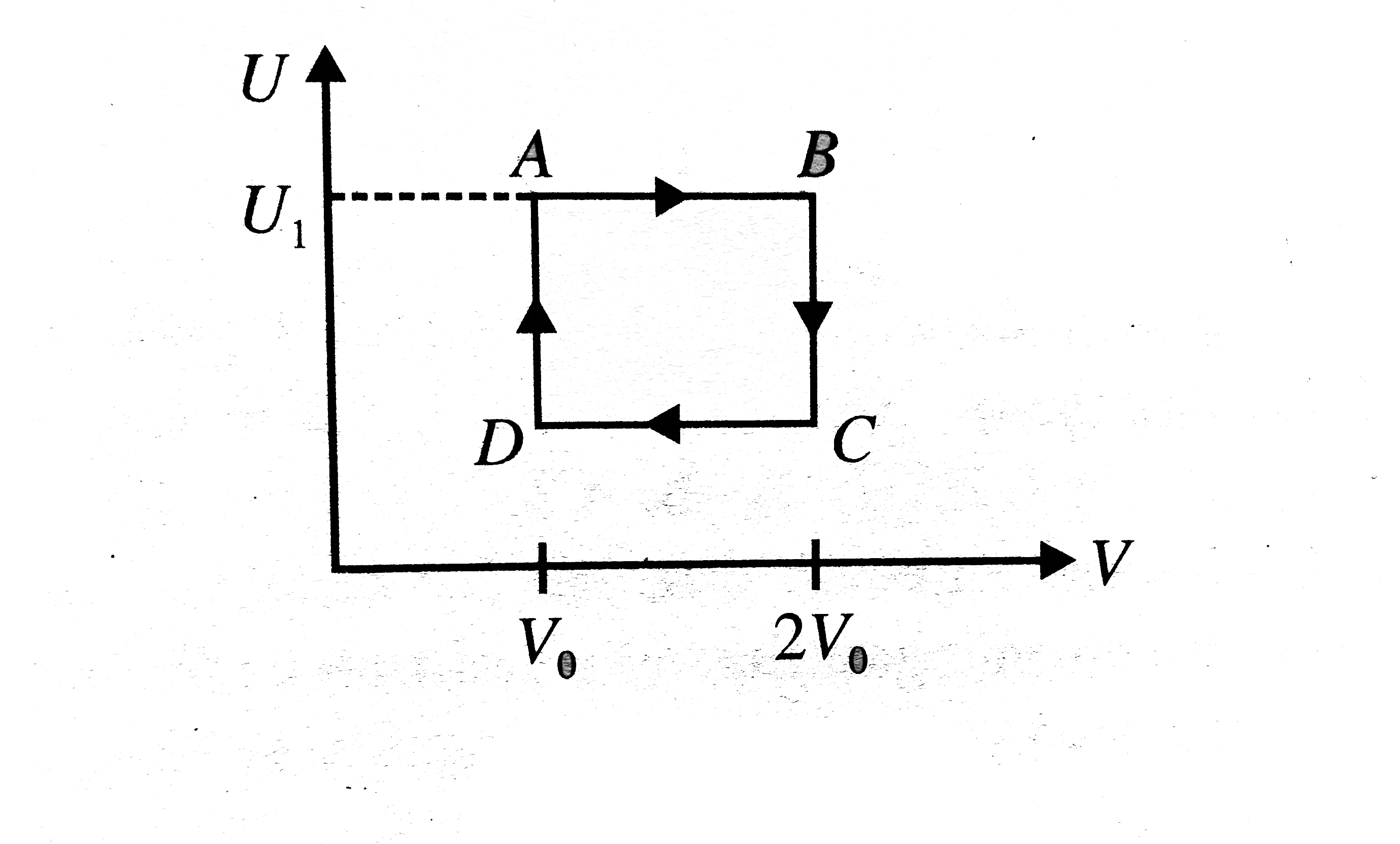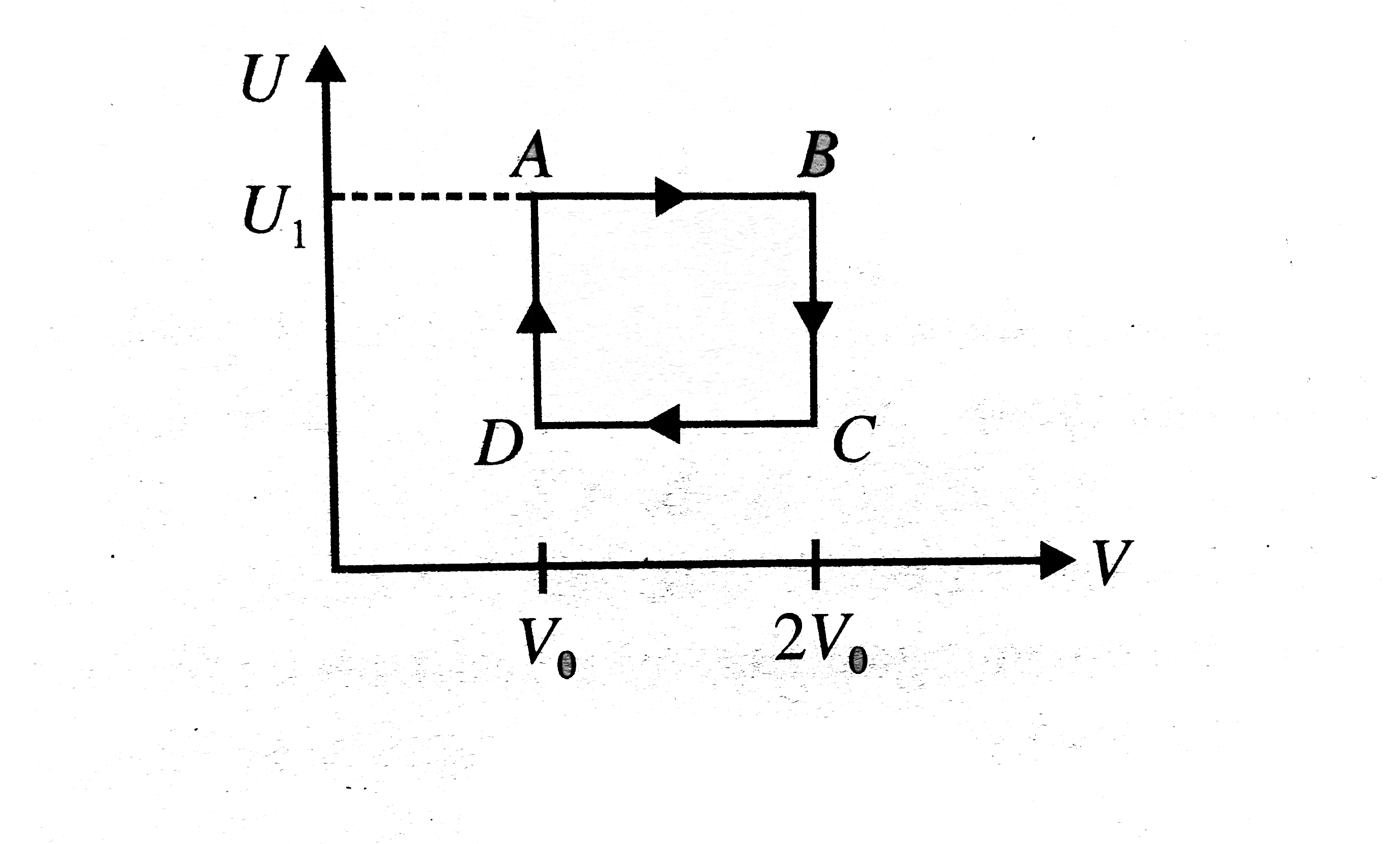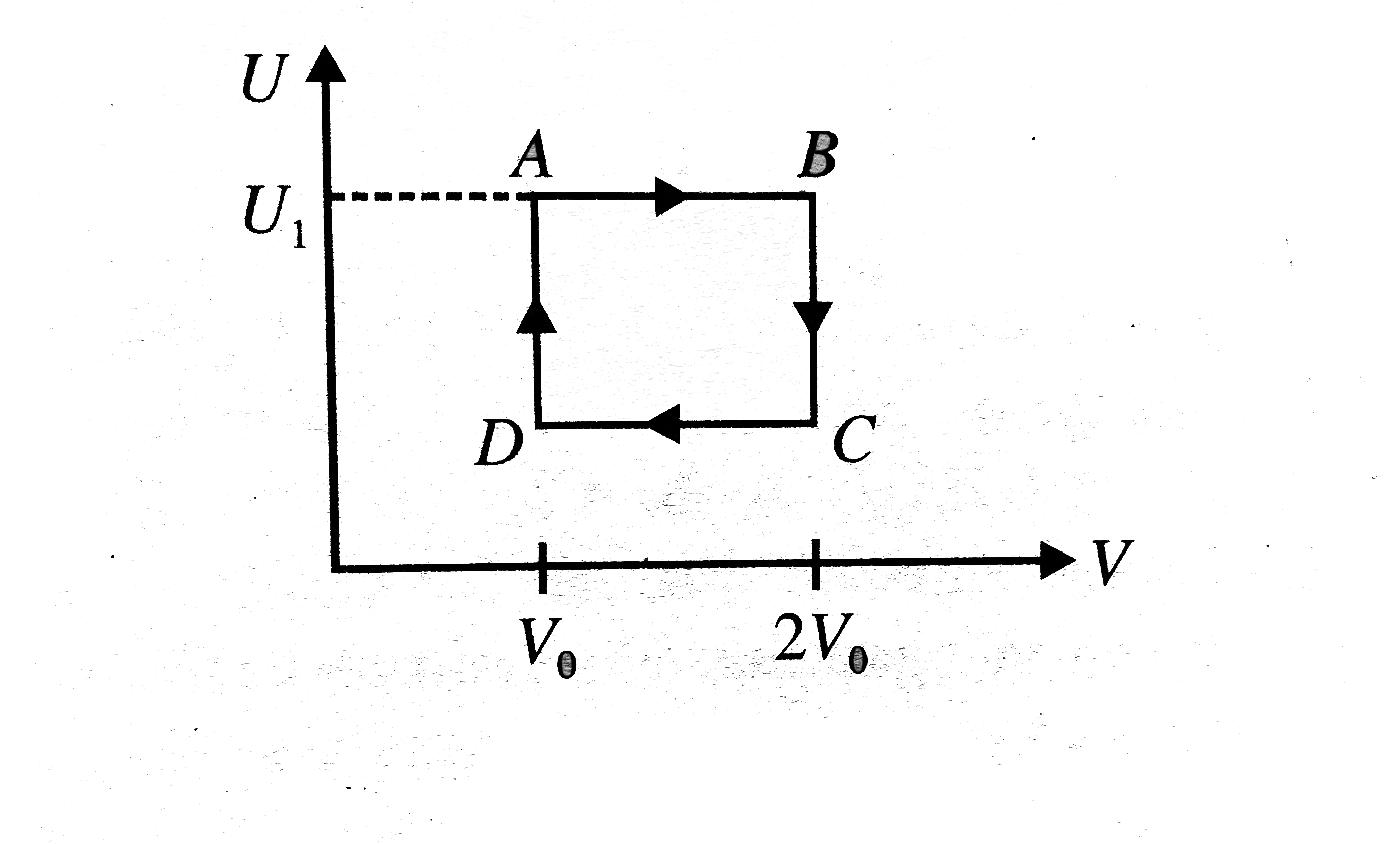Two moles of oxygen gas undergo a process given by P=21+(V3)2, where P is pressure and V is volume. What will be rms speed of gas molecules when volume of gas becomes 3m3?
38ms−1
154√10ms−1
154ms−1
43√10ms−1
Step by step video & image solution for Two moles of oxygen gas undergo a process given by P=2/(1+(V/3)^2, where P is pressure and V is volume. What will be rms speed of gas molecules when volume of gas becomes 3 m^3? by Physics experts to help you in doubts & scoring excellent marks in Class 12 exams.
Similar Questions
A gas undergoes a process in which its pressure P and volume V are related as VP = constant. The bulk modulus of gas for this process
View SolutionAn ideal diatomic gas with CV=5R2 occupies a volume V1 at a pressure P1. The gas undergoes a process in which the pressure is proportional to the volume. At the end of the process the rms speed of the gas molecules has doubled from its initial value.
The molar heat capacity of the gas in the given process isView SolutionAn ideal diatomic gas with CV=5R2 occupies a volume V1 at a pressure P1. The gas undergoes a process in which the pressure is proportional to the volume. At the end of the process the rms speed of the gas molecules has doubled from its initial value.
Heat supplied to the gas in the given process isView SolutionMolar heat capacity of an ideal gas in the process PVx = constant , is given by : C=Rγ−1+R1−x. An ideal diatomic gas with CV=5R2 occupies a volume V1 at a pressure P1. The gas undergoes a process in which the pressure is proportional to the volume. At the end of the process the rms speed of the gas molecules has doubled from its initial value.
The molar heat capacity of the gas in the given process is :-View SolutionThe pressure p and volume V of an ideal gas both increase in a process.
View SolutionOne mole of an ideal gas has an interal energy given by U=U0+2PV , where P is the pressure and V the volume of the gas. U0 is a constant. This gas undergoes the quasi− static cyclic process ABCD as shown in the U−V diagram. The work done by the ideal gas in the process AB is

View SolutionOne mole of an ideal gas has an interal energy given by U=U0+2PV , where P is the pressure and V the volume of the gas. U0 is a constant. This gas undergoes the quasi− static cyclic process ABCD as shown in the U−V diagram.

The molar heat capacity of gas at constant pressure isView SolutionOne mole of an ideal gas has an internal energy given by U=U0+2PV , where P is the pressure and V the volume of the gas. U0 is a constant. This gas undergoes the quasi− static cyclic process ABCD as shown in the U−V diagram. The molar heat capacity of the gas at constant pressure is
 View Solution
View SolutionOne mole of an ideal gas has an interal energy given by U=U0+2PV , where P is the pressure and V the volume of the gas. U0 is a constant. This gas undergoes the quasi− static cyclic process ABCD as shown in the U−V diagram. The gas must be

View SolutionThe pressure P and volume V of an ideal gas both decreases in a process.
View Solution

